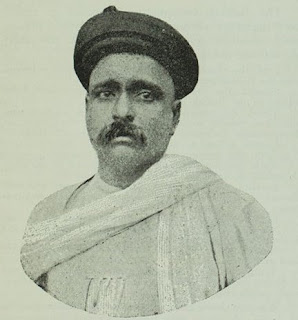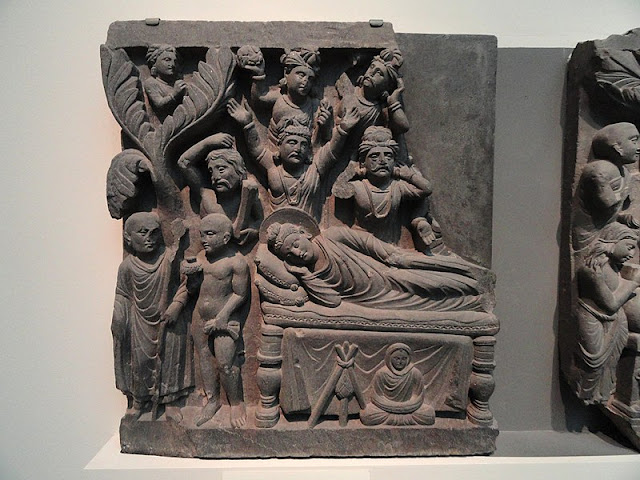Deva Raya I's Love's Labour's Lost
In 1406 one of the many battles between the Vijayanagar kingdom and the Bahmani sultanate took place. If the medieval Persian historian Ferishta is to believed, the casus belli of the fight was a fascination of Vijayanagar ruler Deva Raya I for a goldsmith’s beautiful daughter living in Mudgal in the Raichur Doab , the region between the Tungabhadra and Krishna rivers. Thanks to its being a fertile land, Raichur Doab was a bone of contention between the rulers of the Vijayanagar and the Bahmanis as none of them wanted to forsake their claim on the region. Since the girl in question was averse to the idea of marrying Deva Raya I, this infuriated the latter who laid waste some villages in the neighbourhood of Mudgal. This antagonized the Bahmani Sultan Firuz Shah who considered the aggression as an encroachment on the Bahmani territory. In retaliation, he attacked Vijayanagar. Though the war initially went well for Vijayanagar, in the end Deva Raya I was forced to make peace with the Ba



